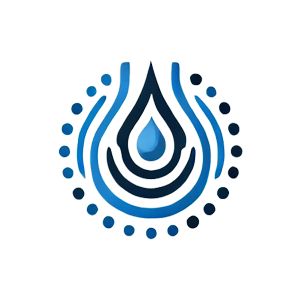Connecting with customers on a deeper level is an undisputed game-changer in sales and brand development. Understanding the audience—their needs, preferences, and behaviors—leads to better problem-solving and conversions. For example, according to McKinsey, businesses that leverage personalization can achieve a 10-15% boost in sales. And when they were first rolled out at scale, chatbots were supposed to deliver a new chapter in the story of personalization. Consider that in 2011, Gartner predicted that by 2020 customers “will manage 85% of their relationships with the enterprise without interacting with a human.” However, a decade later, chatbots had hit the infamous Trough of Disillusionment in Gartner’s Hype Cycle—meaning their pitfalls had become more apparent than their promises. To be sure, chatbots have helped reduce labor costs, helping companies cut down the headcounts of their once-huge customer service departments.

